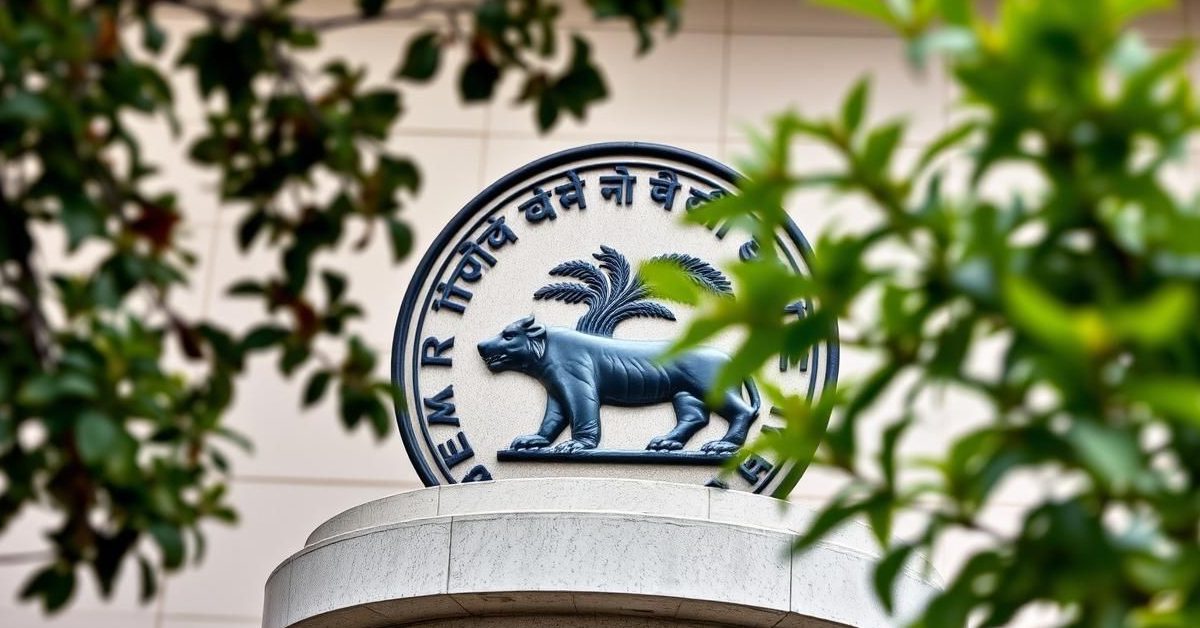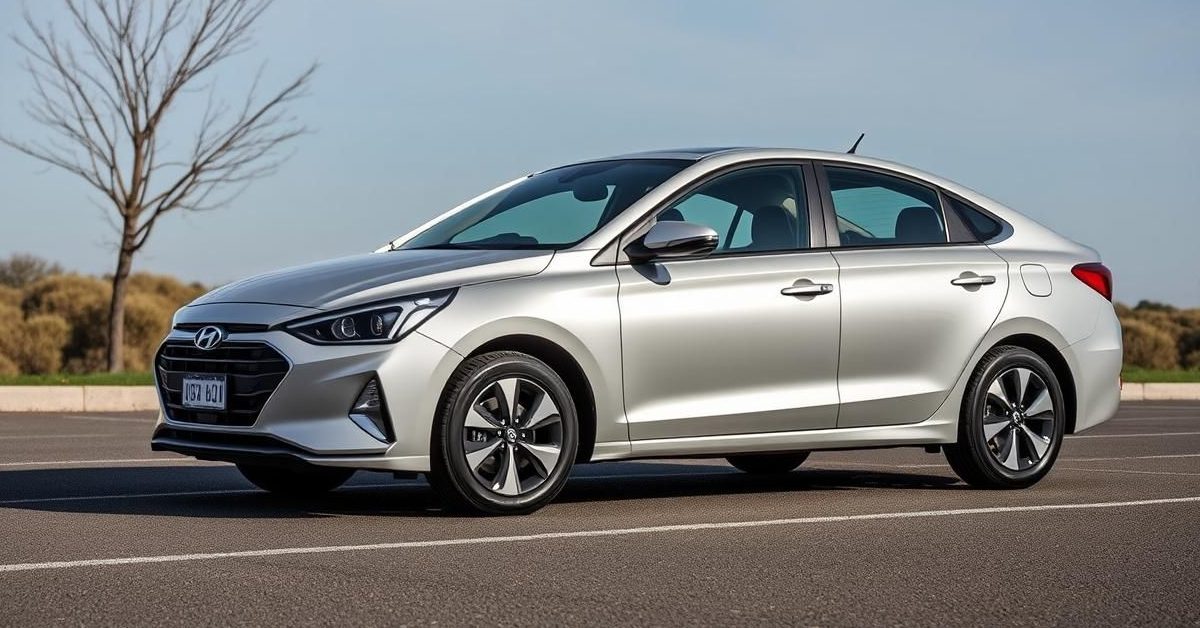India is reconsidering its restrictive investment policies towards China to boost its domestic tech manufacturing sector, signaling a significant shift in its geopolitical and economic strategy.
A Strategic Shift in India’s Approach
For nearly five years, India adopted a cautious stance toward China, especially after the 2020 border clashes. This led to a “China-out” strategy, including an anti-Beijing foreign investment policy and keeping Chinese firms out of crucial sectors like telecommunications.
However, new geopolitical dynamics and India’s ambitious manufacturing goals are prompting a serious reassessment. New Delhi is now considering easing entry for China-based entities, albeit with certain conditions.
Why the Rethink is Happening
The need for advanced manufacturing capabilities is a key driver behind this policy shift. Government think tank Niti Aayog recently recommended easing foreign direct investment (FDI) rules that currently involve strict government scrutiny for Chinese firms. The Economic Survey 2023-24 also surprisingly advocated for attracting Chinese investments to boost exports.
The original restrictions, introduced in April 2020 via Press Note 3, aimed to prevent opportunistic takeovers during the Covid-19 pandemic and address national security concerns following border tensions.
Early Signs of Collaboration Emerge
There are already signs of a thaw. Dixon Technologies, a major Indian electronics assembly firm, received approval to form a joint venture with China’s Longcheer. This partnership will focus on manufacturing various electronics, including smartphones, tablets, and smartwatches, with Dixon holding a majority 74% stake.
Officials recognize the necessity of collaboration. “We cannot continue to avoid China,” a senior government official stated, highlighting India’s reliance on Chinese components for its assembly operations. The IT Ministry’s new Rs 23,000 crore policy for electronic components manufacturing is expected to see Indian firms partnering with Chinese entities due to their expertise.
Beyond economics, diplomatic efforts are also underway. India has resumed issuing tourist visas to Chinese nationals. External Affairs Minister S. Jaishankar’s recent visit to China emphasized that “differences should not become disputes,” pointing towards a broader effort to normalize bilateral relations.
The Reality of Reliance and Repercussions
While the “China-out” policy aimed to reduce dependence, particularly in finished products, imports of electronic components from China continued to be crucial. India lacks a significant production base for many of these components needed for final assembly.
In the financial year 2023-24, India imported over $12 billion worth of electronic components from China and $6 billion from Hong Kong. Together, these two regions accounted for more than half of India’s total electronic component imports, underscoring persistent reliance despite the restrictions.
China, in turn, has also imposed its own restrictions, making it harder for its companies to do business with Indian firms. This has included pulling workers and making it difficult for India-based manufacturers to obtain essential capital goods. A Chinese blockade on rare earth metals and magnets, though primarily aimed at the US, has also impacted India.
- India is reassessing its tough stance on Chinese investment to boost domestic manufacturing.
- New policy recommendations and existing joint ventures signal a move towards easing restrictions.
- Despite previous bans, India remains heavily reliant on Chinese electronic components.
- Both nations are showing signs of diplomatic and economic re-engagement after past tensions.
This evolving dynamic highlights India’s pragmatic approach to balancing national security concerns with its ambitious economic development goals.
India is reconsidering its restrictive investment policies towards China to boost its domestic tech manufacturing sector, signaling a significant shift in its geopolitical and economic strategy.
A Strategic Shift in India’s Approach
For nearly five years, India adopted a cautious stance toward China, especially after the 2020 border clashes. This led to a “China-out” strategy, including an anti-Beijing foreign investment policy and keeping Chinese firms out of crucial sectors like telecommunications.
However, new geopolitical dynamics and India’s ambitious manufacturing goals are prompting a serious reassessment. New Delhi is now considering easing entry for China-based entities, albeit with certain conditions.
Why the Rethink is Happening
The need for advanced manufacturing capabilities is a key driver behind this policy shift. Government think tank Niti Aayog recently recommended easing foreign direct investment (FDI) rules that currently involve strict government scrutiny for Chinese firms. The Economic Survey 2023-24 also surprisingly advocated for attracting Chinese investments to boost exports.
The original restrictions, introduced in April 2020 via Press Note 3, aimed to prevent opportunistic takeovers during the Covid-19 pandemic and address national security concerns following border tensions.
Early Signs of Collaboration Emerge
There are already signs of a thaw. Dixon Technologies, a major Indian electronics assembly firm, received approval to form a joint venture with China’s Longcheer. This partnership will focus on manufacturing various electronics, including smartphones, tablets, and smartwatches, with Dixon holding a majority 74% stake.
Officials recognize the necessity of collaboration. “We cannot continue to avoid China,” a senior government official stated, highlighting India’s reliance on Chinese components for its assembly operations. The IT Ministry’s new Rs 23,000 crore policy for electronic components manufacturing is expected to see Indian firms partnering with Chinese entities due to their expertise.
Beyond economics, diplomatic efforts are also underway. India has resumed issuing tourist visas to Chinese nationals. External Affairs Minister S. Jaishankar’s recent visit to China emphasized that “differences should not become disputes,” pointing towards a broader effort to normalize bilateral relations.
The Reality of Reliance and Repercussions
While the “China-out” policy aimed to reduce dependence, particularly in finished products, imports of electronic components from China continued to be crucial. India lacks a significant production base for many of these components needed for final assembly.
In the financial year 2023-24, India imported over $12 billion worth of electronic components from China and $6 billion from Hong Kong. Together, these two regions accounted for more than half of India’s total electronic component imports, underscoring persistent reliance despite the restrictions.
China, in turn, has also imposed its own restrictions, making it harder for its companies to do business with Indian firms. This has included pulling workers and making it difficult for India-based manufacturers to obtain essential capital goods. A Chinese blockade on rare earth metals and magnets, though primarily aimed at the US, has also impacted India.
- India is reassessing its tough stance on Chinese investment to boost domestic manufacturing.
- New policy recommendations and existing joint ventures signal a move towards easing restrictions.
- Despite previous bans, India remains heavily reliant on Chinese electronic components.
- Both nations are showing signs of diplomatic and economic re-engagement after past tensions.
This evolving dynamic highlights India’s pragmatic approach to balancing national security concerns with its ambitious economic development goals.














